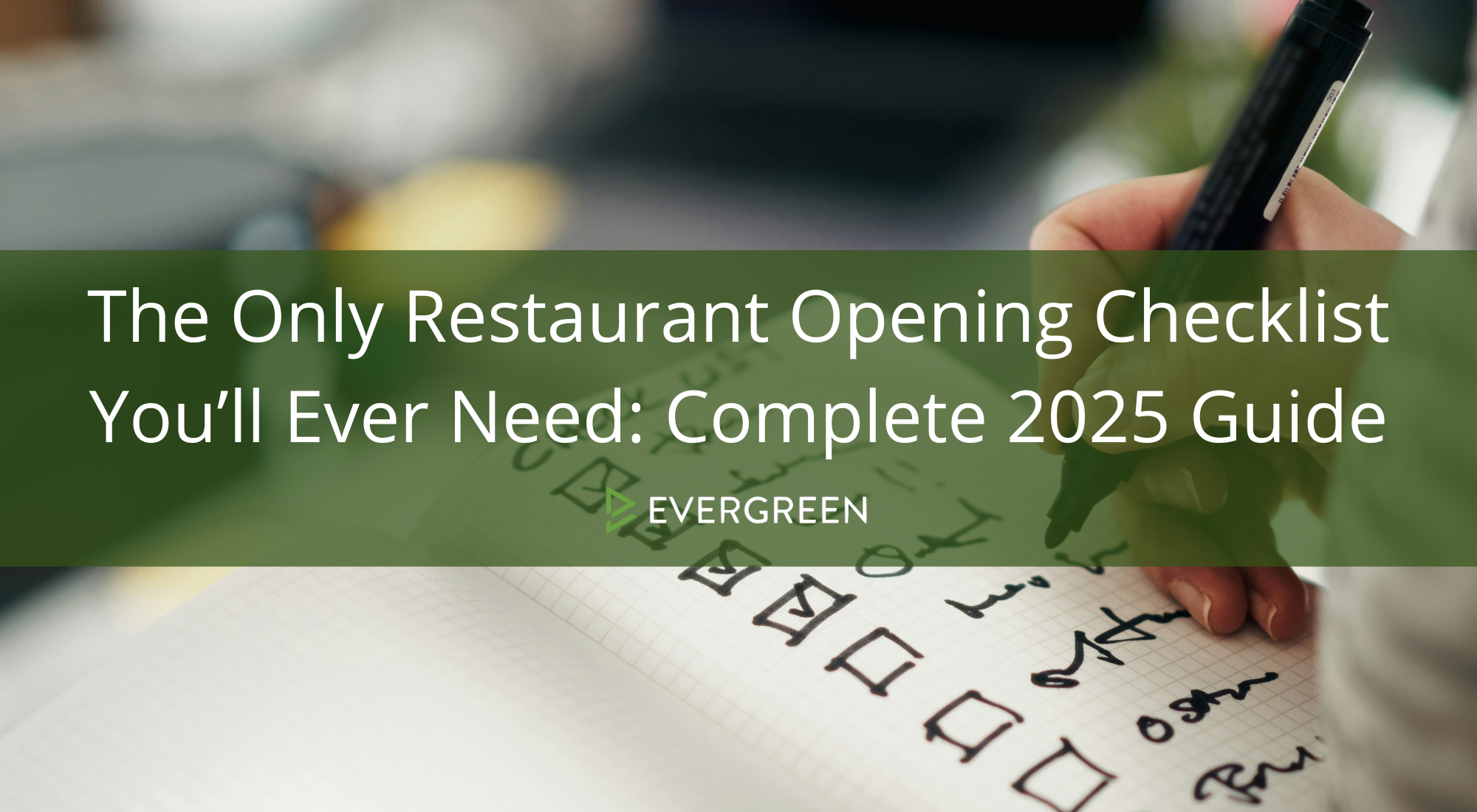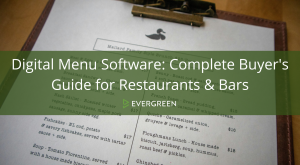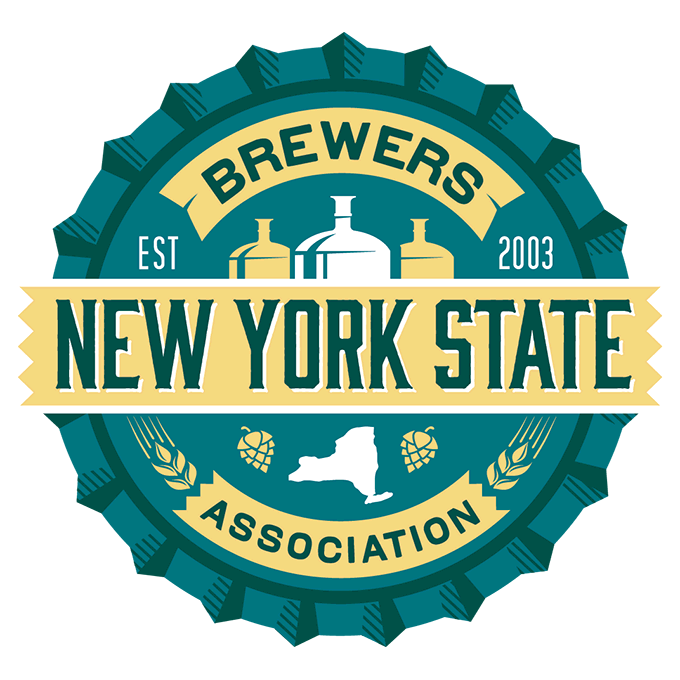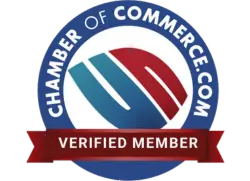Opening a restaurant requires meticulous planning across multiple phases, from initial concept development to grand opening day. This comprehensive checklist covers every critical step, ensuring nothing falls through the cracks during your restaurant launch.
Successful restaurant openings follow systematic approaches that address legal requirements, operational setup, staff training, and customer readiness. Industry data shows that restaurants following detailed opening checklists have 40% higher survival rates in their first year compared to those that wing it[339].
Phase 1: Pre-Planning and Concept Development (6-12 Months Before Opening)
Business Concept and Market Research
Define Your Restaurant Concept:
Determine your restaurant type (fine dining, casual, fast-casual, or quick service)
Identify your target demographic and customer base
Develop your unique value proposition
Create mission and vision statements
Research market demand in your chosen area
Competitive Analysis:
Identify direct and indirect competitors
Analyze their menus, pricing, and service styles
Study their customer reviews and feedback
Assess market gaps and opportunities
Determine your competitive advantages
Financial Planning:
Calculate estimated startup costs ($175,000-$750,000 average)
Determine ongoing operational expenses
Project revenue and break-even timelines
Identify funding sources (loans, investors, personal capital)
Create detailed financial projections for 3-5 years
Business Plan Development
Executive Summary:
Restaurant concept and unique selling points
Target market and location analysis
Financial projections and funding requirements
Management team qualifications
Growth plans and expansion possibilities
Operational Details:
Menu concepts and pricing strategy
Service style and customer experience
Staffing requirements and organizational structure
Marketing and promotional strategies
Technology and equipment needs
Legal Structure and Registration:
Choose business entity type (LLC, Corporation, Partnership)
Register business name and secure domain
Obtain Employer Identification Number (EIN)
Set up business banking accounts
Purchase business insurance coverage
Phase 2: Location and Legal Requirements (4-8 Months Before Opening)
Location Selection and Lease Negotiation
Site Evaluation Criteria:
Foot traffic patterns and visibility
Parking availability and accessibility
Proximity to target demographic
Competition density and market saturation
Rent costs relative to projected revenue
Lease Negotiation Points:
Base rent and percentage rent terms
Tenant improvement allowances
Lease length and renewal options
Assignment and subletting rights
Compliance with restaurant operational needs
Zoning and Compliance:
Verify zoning permits restaurant operations
Confirm occupancy limits and building codes
Check ADA compliance requirements
Review parking and signage restrictions
Assess noise and hour limitations
Permits and Licensing
Essential Business Licenses[340]:
General business license from local municipality
Food service license from health department
Liquor license (if serving alcohol)
Sales tax permit for collecting taxes
Certificate of occupancy from building department
Additional Permits May Include:
Music venue license for live entertainment
Outdoor seating permit for patios
Sign permits for exterior signage
Fire department permits for occupancy
Workers’ compensation insurance
Health Department Requirements[338]:
Submit detailed floor plans and kitchen layouts
Schedule pre-operational health inspection
Obtain food handler’s permits for staff
Implement HACCP food safety protocols
Install required hand-washing and sanitizing stations
Phase 3: Design and Construction (3-6 Months Before Opening)
Restaurant Design and Layout
Kitchen Design Considerations:
Efficient workflow from prep to service
Adequate storage for food and supplies
Proper ventilation and fire suppression systems
Equipment placement for safety and efficiency
Compliance with health code requirements
Dining Room Layout:
Table arrangements for optimal capacity
Traffic flow for customers and staff
Accessibility compliance for disabled guests
Lighting and ambiance design
Emergency exit accessibility
Technology Infrastructure:
Point-of-sale system selection and installation
Kitchen display systems for order management
WiFi network for staff and customer use
Security camera and alarm systems
Payment processing equipment setup
Equipment Procurement and Installation
Kitchen Equipment Essentials[342]:
Commercial refrigeration and freezer units
Cooking equipment (ovens, grills, fryers, ranges)
Food preparation tools and smallwares
Dishwashing and sanitizing equipment
Food storage containers and shelving
Dining Room Furniture and Fixtures:
Tables, chairs, and booth seating
Service stations and POS terminals
Lighting fixtures and decorative elements
Sound system and entertainment equipment
Safety equipment (fire extinguishers, first aid kits)
Bar Setup (if applicable):
Draft beer systems and keg storage
Wine storage and preservation equipment
Glassware and bar tools
Ice machines and beverage dispensers
Liquor inventory and security systems
Phase 4: Menu Development and Testing (2-4 Months Before Opening)
Menu Creation and Costing
Menu Planning Process:
Develop signature dishes and beverage programs
Calculate food costs and portion sizes
Determine menu pricing for target profit margins
Create descriptions and allergen information
Design menu layout and visual appeal
Recipe Development and Standardization:
Create detailed recipe cards with measurements
Test recipes for consistency and scalability
Calculate exact food costs per dish
Determine preparation times and kitchen capacity
Train kitchen staff on standard procedures
Supplier Relationships:
Research and vet potential food suppliers
Negotiate pricing and delivery schedules
Establish backup suppliers for critical items
Set up accounts and payment terms
Create inventory management procedures
Menu Testing and Refinement
Internal Testing Process[341]:
Conduct kitchen staff tastings and feedback sessions
Test full menu production during simulated service
Time meal preparation and identify bottlenecks
Adjust recipes based on feedback and costs
Finalize menu offerings and seasonal rotation plans
External Testing Opportunities:
Host friends and family tasting events
Gather feedback from diverse age groups and dietary preferences
Test service timing and kitchen coordination
Identify popular items and potential menu stars
Make final adjustments before soft opening
Phase 5: Staffing and Training (1-3 Months Before Opening)
Hiring Process
Key Management Positions:
General Manager or Assistant Manager
Head Chef or Kitchen Manager
Front-of-House Supervisor
Bartender (if applicable)
Experienced servers and kitchen staff
Staff Requirements Planning:
Calculate staffing needs based on projected volume
Determine full-time versus part-time positions
Plan for peak service periods and seasonal fluctuations
Create job descriptions and compensation packages
Develop interviewing and selection criteria
Recruitment Strategies:
Post jobs on industry-specific platforms
Network with culinary schools and hospitality programs
Use social media and local job boards
Offer competitive wages and benefits
Implement employee referral programs
Comprehensive Training Programs
Front-of-House Training[342]:
Customer service standards and hospitality protocols
Menu knowledge including ingredients and preparation methods
POS system operation and payment processing
Wine and beverage service techniques
Handling customer complaints and special requests
Back-of-House Training:
Food safety and sanitation procedures
Recipe execution and portion control
Kitchen equipment operation and maintenance
Time management and coordination with front-of-house
Emergency procedures and safety protocols
Management Training:
Labor scheduling and cost control
Inventory management and ordering procedures
Customer relationship management
Financial reporting and cash handling
Leadership and conflict resolution skills
Phase 6: Systems and Technology Setup (1-2 Months Before Opening)
Point-of-Sale and Operations Systems
POS System Configuration:
Input all menu items with prices and modifiers
Set up employee access levels and security
Configure payment processing and tip management
Create reporting features for sales and inventory
Train all staff on system operation and troubleshooting
Inventory Management:
Implement tracking systems for food and beverage costs
Set up supplier accounts and ordering procedures
Create par levels and automatic reorder points
Establish waste tracking and loss prevention measures
Train managers on inventory analysis and cost control
Financial Management Systems:
Set up accounting software and chart of accounts
Create budgets and financial reporting schedules
Implement cash handling and deposit procedures
Establish payroll systems and time tracking
Set up business banking and payment processing
Marketing and Promotion Setup
Brand Development:
Finalize logo, color scheme, and brand identity
Create consistent marketing materials and signage
Develop website and social media profiles
Design and print initial marketing materials
Establish brand voice and messaging guidelines
Digital Presence:
Build professional website with menu and contact information
Set up social media accounts on relevant platforms
Create Google My Business listing and claim directories
Implement online reservation system if applicable
Plan content calendar for pre-opening marketing
Phase 7: Pre-Opening Inspections and Testing (2-4 Weeks Before Opening)
Health Department and Safety Inspections
Pre-Operational Health Inspection[338]:
Schedule inspection with local health department
Ensure all equipment is properly installed and operational
Verify hand-washing stations and sanitizing procedures
Confirm food storage and temperature monitoring systems
Address any violations or recommendations immediately
Safety and Compliance Checks:
Fire department inspection for occupancy approval
Building inspector final walkthrough
Workers’ compensation insurance verification
Liquor license final approval (if applicable)
ADA compliance verification
Operational Testing and Dry Runs
Kitchen Testing Phase:
Test all equipment under full load conditions
Practice complete menu preparation during busy periods
Time all preparation and cooking processes
Identify and resolve operational bottlenecks
Train staff on equipment maintenance and cleaning
Service Testing:
Conduct mock service with friends and family
Test complete customer experience from arrival to payment
Practice handling multiple orders simultaneously
Evaluate service timing and coordination
Gather feedback and make operational adjustments
Technology Testing:
Test POS system under high-volume conditions
Verify payment processing and tip distribution
Test kitchen display systems and order timing
Check WiFi capacity and reliability
Ensure security systems and cameras are operational
Phase 8: Soft Opening and Staff Refinement (1-2 Weeks Before Grand Opening)
Soft Opening Planning
Limited Service Launch:
Open for restricted hours with limited menu
Invite friends, family, and industry contacts
Offer discounted prices in exchange for feedback
Test service capacity with reduced customer volumes
Identify and address operational issues
Staff Performance Evaluation:
Observe individual staff performance during service
Provide additional training where needed
Adjust staffing levels based on actual service demands
Reinforce customer service standards and procedures
Build team confidence before full opening
Feedback Collection and Refinement
Customer Experience Assessment:
Gather detailed feedback on food quality and presentation
Evaluate service timing and staff friendliness
Assess ambiance, comfort, and overall experience
Identify popular menu items and potential improvements
Test payment processing and check-out procedures
Operational Adjustments:
Fine-tune kitchen timing and coordination
Adjust staffing schedules based on actual needs
Modify procedures based on real-world testing
Update training materials and standard operating procedures
Plan for grand opening based on soft opening lessons
Phase 9: Marketing and Grand Opening (Opening Week)
Grand Opening Event Planning
Launch Strategy:
Plan special opening week promotions and events
Coordinate with local media for coverage
Invite food bloggers and social media influencers
Offer opening specials to drive initial traffic
Create memorable experiences that encourage return visits
Community Engagement:
Partner with local businesses for cross-promotion
Participate in community events and festivals
Offer catering services to local organizations
Build relationships with neighboring businesses
Establish loyalty programs for repeat customers
Ongoing Marketing Implementation
Traditional Marketing:
Place advertisements in local newspapers and magazines
Distribute flyers and promotional materials
Partner with delivery services for online visibility
Create loyalty programs and customer retention strategies
Monitor and respond to online reviews and feedback
Digital Marketing:
Launch social media campaigns with engaging content
Implement email marketing for customer communication
Optimize website for local search engine visibility
Create Google Ads campaigns for targeted promotion
Track marketing effectiveness and adjust strategies accordingly
Phase 10: Operations Monitoring and Optimization (First 30-90 Days)
Performance Tracking and Analysis
Financial Monitoring:
Track daily sales and compare to projections
Monitor food costs and identify waste reduction opportunities
Analyze labor costs and optimize staffing schedules
Review customer feedback and satisfaction scores
Adjust menu pricing based on actual costs and demand
Operational Refinement:
Monitor service times and identify improvement opportunities
Adjust inventory levels based on actual usage patterns
Refine staff schedules to match customer traffic patterns
Update training programs based on real-world experience
Implement customer suggestion feedback loops
Long-Term Success Planning
Growth and Expansion Considerations:
Evaluate capacity for increased volume
Consider catering and special event opportunities
Plan seasonal menu changes and promotional events
Assess potential for additional revenue streams
Develop staff retention and advancement programs
Continuous Improvement:
Regular staff meetings to discuss challenges and solutions
Monthly financial reviews and budget adjustments
Quarterly menu evaluations and updates
Annual equipment maintenance and replacement planning
Ongoing marketing strategy refinement and expansion
Critical Success Factors
Common Opening Mistakes to Avoid
Inadequate Planning:
Underestimating startup costs and timeline requirements
Insufficient staff training before opening
Poor supplier relationships and inventory management
Inadequate marketing and customer acquisition strategies
Failure to obtain all required permits and licenses
Operational Oversights:
Over-complicated menus that strain kitchen capacity
Inadequate cash flow management during initial months
Poor location choice without adequate market research
Insufficient insurance coverage for potential liabilities
Lack of emergency procedures and contingency plans
Keys to Opening Success
Thorough Preparation:
Detailed planning with realistic timelines and budgets
Comprehensive staff training and clear operational procedures
Strong supplier relationships and inventory management systems
Effective marketing strategies to drive initial customer traffic
Adequate financial reserves for unexpected challenges
Continuous Adaptation:
Flexibility to adjust operations based on real-world experience
Active listening to customer feedback and staff suggestions
Regular monitoring of financial performance and market trends
Commitment to ongoing staff development and retention
Focus on building long-term customer relationships
Opening a restaurant successfully requires careful attention to every detail in this checklist. While the process is demanding, following these systematic steps significantly increases your chances of creating a thriving establishment that serves customers well and generates sustainable profits.
Evergreen’s restaurant management platform helps new restaurant owners streamline their opening process with digital checklists, staff training tools, and operational management systems. From inventory tracking to menu management, the right technology makes it easier to execute your opening plan successfully.
The restaurant industry rewards thorough preparation and systematic execution. Use this checklist as your roadmap to transform your culinary vision into a successful business that delights customers and achieves financial success.
Ready to streamline your restaurant opening process? Start your free trial today and discover how the right tools can help you execute every step of your opening plan with confidence.













